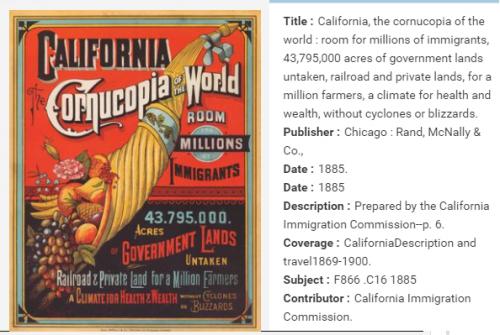
The correct answer is: simile
Through this text, we can see that the phrase "It is as if a great earthen pot has dropped from an unreachable rafter'' represents a comparison with the doubts that the narrator presents. This comparison is made through two elements that have nothing in common, but that the author uses to create a new meaning about one of them. This is done through simile.
neither black nor white but they were called Colored people
Answer:
There is gradual shift of point of view in the story “An OccurrenceStep-by-step explanation:
●''Owl Creek Bridge'' isn't a first-person narration, meaning that it's not told from the perspective of the main character, meaning Farquhar. Instead, the text comes from a third-person narrator, or told by an external force or character.
●In some sense, Bierce presents readers with an unreliable third-person narrator. The narrator knows, the entire time, that Peyton is dreaming, but tricks readers into thinking that Peyton has escaped. By representing the scenes of Peyton's dream as reality, the narrator toys with the reader's emotions.
●In “An Occurrence at Owl Creek Bridge” a couple of shifts throughout the story change the entire story's point of view essentially bewildering readers. For instance, in paragraph five, a shift occurs when Peyton Farquhar closes his eyes right before he is to be hung.
●In paragraph 36 of "An Occurrence at Owl Creek Bridge," Bierce shifts from past tense to present tense. Bierce writes that "now he sees another scene . . . he stands at the gate of his own home." The effect here is that the reader believes Farquhar has truly escaped and made it home.
Answer:
In lines 578-579, Mrs. Keeney tells her husband why she wanted to sail with him: "I wanted to seeStep-by-step explanation:
make necessary changes as required to make the points better
Lange’s work was significantly influenced by her experiences.
 1
1 Answer:
The phrase "we'll head north again, in other words, to the land of sensible people" shows that the entire venture, planned by the Professor and the Captain was not wise. It has a critical tone.Step-by-step explanation:
The phrase above was uttered by the Canadian in the book, "Twenty Thousand Leagues Under the Seas Revised" By Jules Verne. He meant that the venture which they had undertaken was fruitless and unwise.
He criticized the journey because at that time the Nautilus was stuck in the ice and could no longer move forward.
Answer:
check belowStep-by-step explanation:
George and Lennie dream of getting their own farm. George wants the independence that comes with owning his own land, and Lennie wants to have rabbits. Their dream is the central theme in the story. It is their dream that brings them to the ranch, and that dream spreads to Candy and Crooks.
George is small while Lennie is burly in terms of physical size. George is cunning and calculating while Lennie is obtuse and carefree. But from the early scene where the two stopped to drink water, you can already perceive that George is the one who looks after Lennie.
Lennie and George have an argument over a mouse that Lennie has petted a little too hard and long. Lennie wants to keep the dead mouse in his pocket, but George throws it away.
Answer:
Answer is in an imageStep-by-step explanation:


Macbeth is Duncan's kinsman and his subject. Duncan is a good king and virtuous man; he has done no particular evil. Duncan is a popular king, and his death would bring sorrow and unrest upon Scotland.
Despite the many reasons Macbeth provides for not killing Duncan, he succumbs to his ambition and follows his wife's bloody plans. Macbeth worries about getting caught, feels Duncan has not done anything to deserve being killed, and believes a host should not kill a guest.
Basically, Macbeth would be violating every rule of gracious hosting by killing Duncan while he is staying at his home.

It will provide an instant answer!
